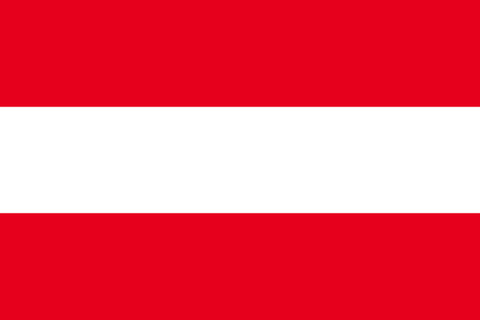
Austria
Romanesque heritage can be found all across Austria. However, it can be noticed that art and architecture derive from different movements from Southern and Western Europe. While Styria, Carinthia and Salzburg were mainly influenced by the Hirsau reformation, Cistercians shaped the Romanesque style in Lower and Upper Austria. Carinthia

France
The "Route of the Romanesque" program in Southern Burgundy aims at connecting about one hundred 11th and 12th century churches and chapels that are wholly or partially Romanesque. The density of Romanesque buildings is so great in this limited area that it has been called a "Romanesque Garden". Burgundy-Franche-Compté

Germany
The 300-year-old epoch in Germany is divided into early Romanesque (approx. 950-1050), high Romanesque (approx. 1050-1150) and late Romanesque (approx. 1150-1250). Saxony-Anhalt offers a host of monuments from the Middle Ages that are worth visiting as the heartland of German and European history. Also the beautiful small town Königslutter in Lower Saxony has plenty things to see. With its 17 communities it is a city with a relaxing atmosphere and it is an alluring destination for visitors. Saxony-Anhalt | Lower-Saxony

Italy
Alleys, streets, monuments, buildings: Pavia offers many paths to the visitor who arrives in town for the first time. Through its squares, avenues and covered bridge one can read Pavia's history: its grandeur is reflected in the town of today. Another historically interesting region is the Province of Asti. Located in the hilly landcape of Asti and at the foot of Monferrato the Abbey of Vezzolano fascinates its guests with its walls that were built of alternating layers of sandstone and brick, a choir screen that is abound in figures and its legendary foundation. Province of Pavia | Province of Asti
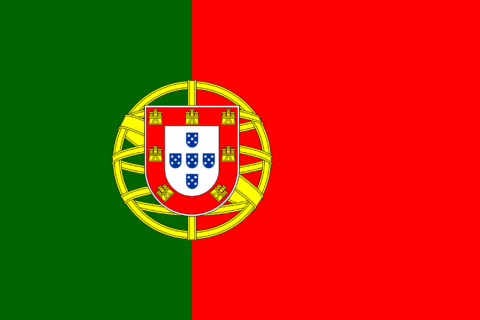
Portugal
In the land of the valleys of Tâmega and Sousa, in the heart of the North of Portugal, stands an important architectural heritage of Romanesque origin. This exceptional legacy is seen in 58 monuments that carry legends and stories born with the foundation of the Nationality and which witness the significant role that this territory formerly played in the history of the nobility and religious orders in Portugal. Tâmega & Sousa

Romania
Laying in the heart of Transylvania, guarded to the east by the clear waters of the Mures river, and to the west by high hills, surrounded by the fast-flowing waters of the Ampoi river to the north and the fertile fields to the south, Alba Iulia is always ready to welcome its guests and share with them the millenniums and thousands of legends. Transylvania
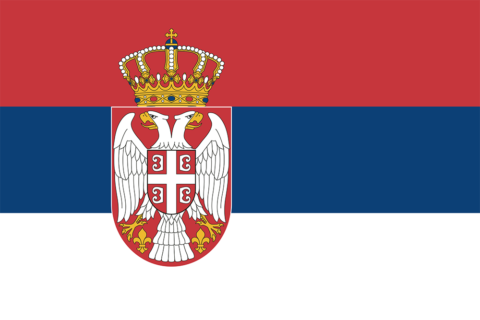
Serbia
The Serbian medieval art is unique in its combination of influences and elements of the Western European art and the Byzantine art. The Raška school in the 12th to 13th centuries is characterized by the architectural fusion of western Romanesque and eastern Byzantine element. South-west Serbia
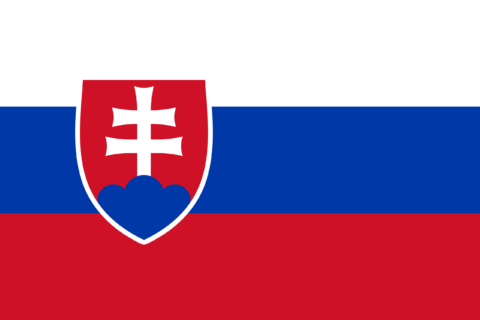
Slovak Republic
Although Slovakia has relatively few Romanesque buildings, including almost no completely preserved ones, there are three of very high (cultural-)historical importance, in which the Romanesque proportions play a major role in their appearance. These three outstanding Romanesque monuments are part of the TRANSROMANIA network. Central Slovakia & East-Slovakia
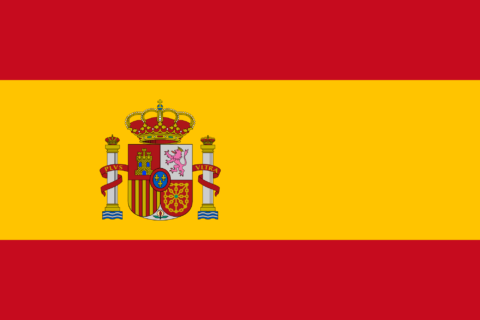
Spain
In Spain, Romanesque architecture extended from about the late 10th century to around 1200. Its first expressions spread from the Lombardy region in Italy to the Catalan region, but one can also notice influences through arriving craftsmen from France. Santo Domingo de Silos l Zamora l Galicia

